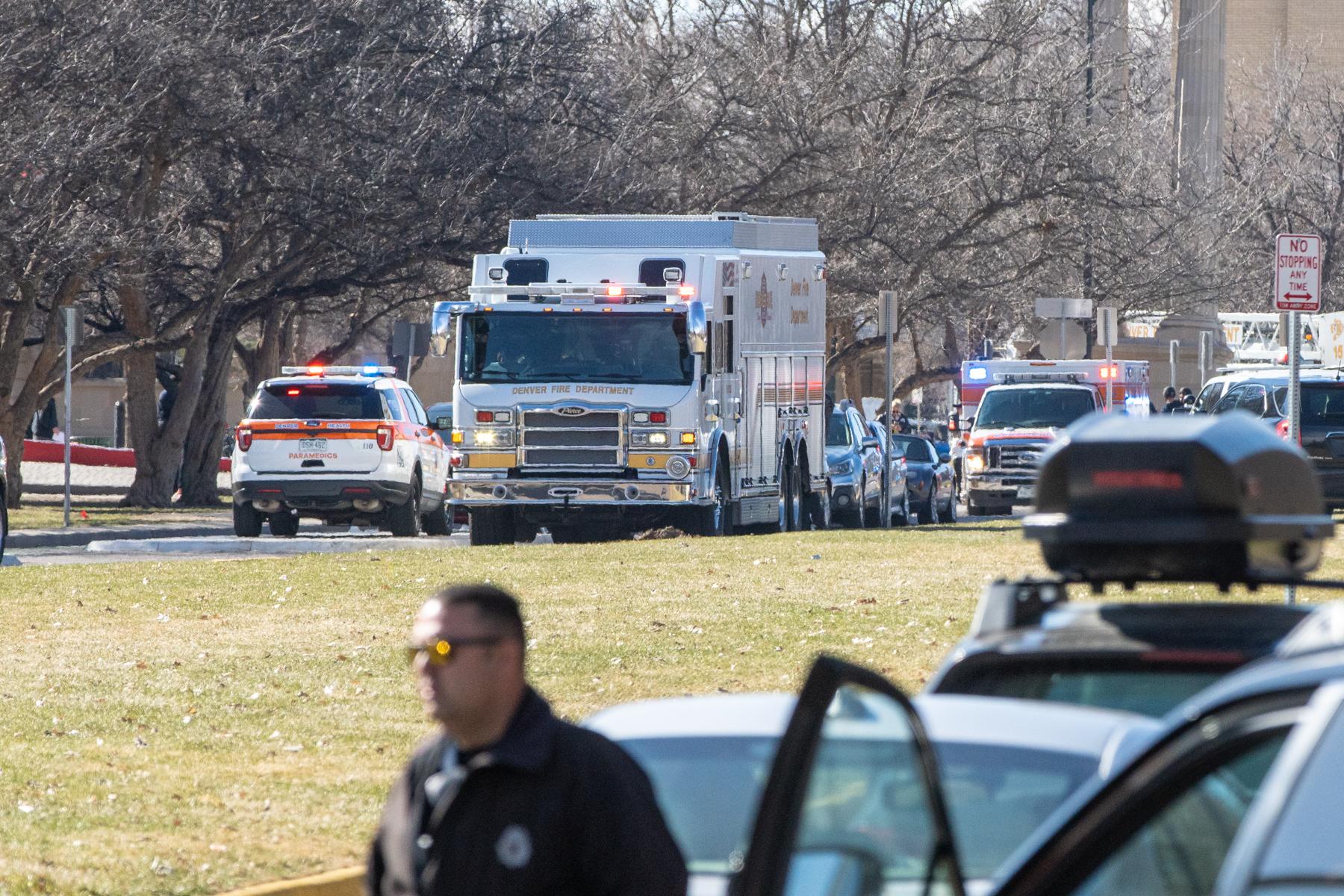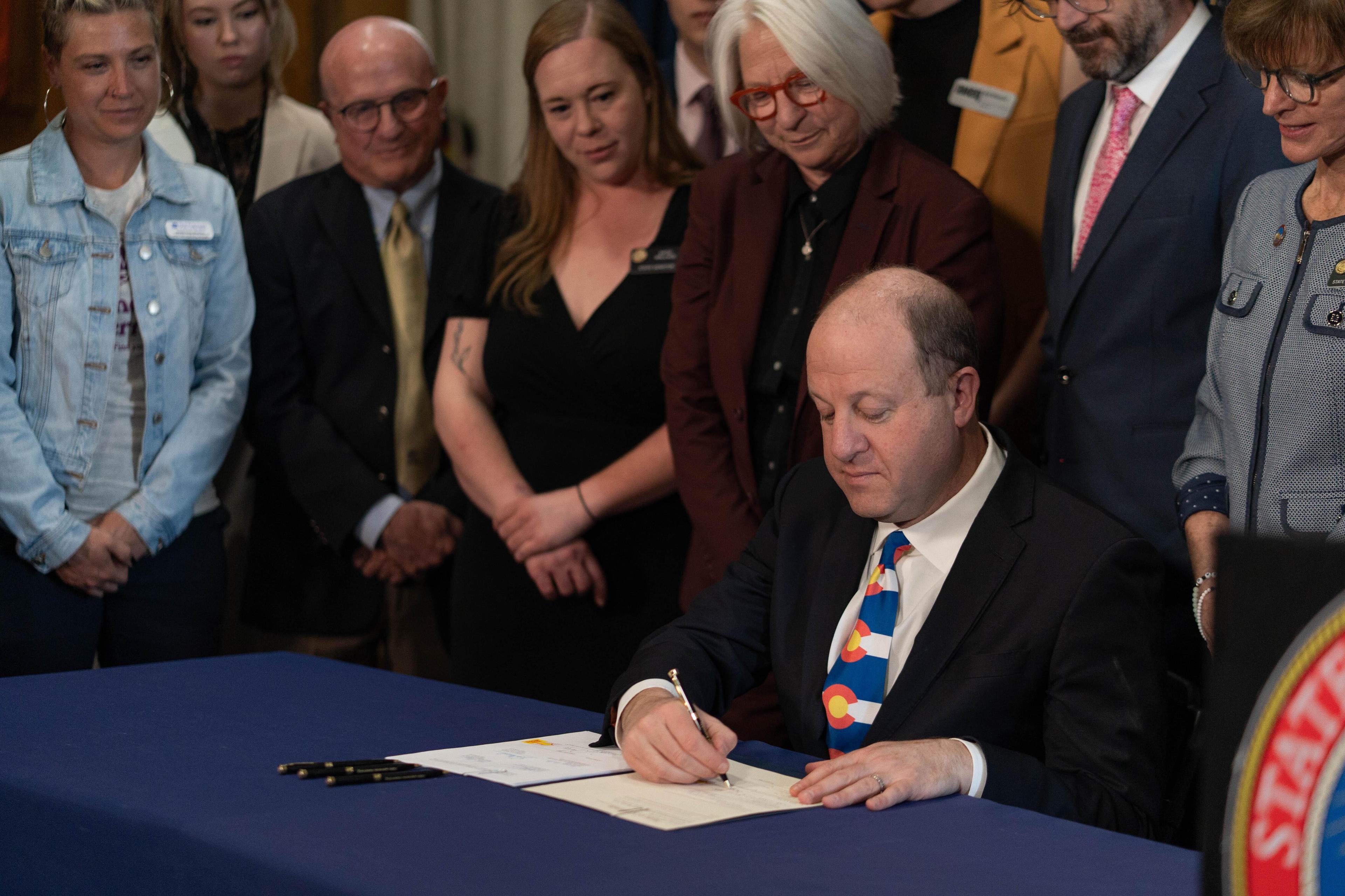
Two years ago, Colorado hit a record number of firearm-related injuries — which racked up $8.4 million in medical bills.
More than 7,000 health care claims were filed in 2022, according to an analysis from the Center for Improving Value in Health Care, a nonprofit based in Denver.. The analysis covered claims from 2016 through 2022. During that same time, the rate of claims increased by half with e53 percent.
Adults lead in the total amount of firearm injuries, accounting for 88 percent of claims. But the rate of injuries is climbing fastest for children, the data show. Unintentional injuries, the most common type for all age groups, rose 143 percent for children during the six-year period.
“These results demonstrate the critical need for continued focus on comprehensive public health, education, and community-tailored initiatives aimed at addressing and preventing firearm violence, particularly violence involving children, who are seeing a marked rise in firearm-related injuries," said Kristin Paulson, president and CEO of the nonprofit, in a statement accompanying the results.
Here’s what the study found
- Firearm injuries increased in nearly every category for both males and females. Overall, men sustain three times as many gun wounds as women.
- For unintentional injuries, men account for four times as many claims as women. Men are also three times as likely to get wounded by firearms in an assault, and more than twice as likely to get injured by self-harm.
- The rate men were injured through self-harm did fall by 33 percent. For women, the self-harm rate of claims was flat
- Rural areas had higher rates of self-harm and assault injuries. In 2021, rural areas saw a spike in self-harm gun violence that was 25 percent higher than in urban counties.
- The cost of treating individual injuries was 25 percent higher in rural communities compared to claims in urban areas.
Medicaid recipients had higher rates of firearm injuries than those with other types of insurance. People on Medicaid had more than 12 times the rate compared to people with commercial insurance.
Colorado has been trying to track numbers, treating firearm injuries and deaths as a public health emergency. As part of a concerted prevention push from the state, including a resource hub, that data can be found on a new online dashboard.
The push comes from a partnership between the Office of Gun Violence Prevention within the Colorado Department of Public Health and Environment and the Injury and Violence Prevention Center in the Colorado School of Public Health.
The hub is known as the Colorado Gun Violence Prevention Resource Bank. It intends to provide information to “diverse audiences ranging from researchers to the general public,” according to a press release from the health department earlier this year.
CPR reporter John Daley contributed to this report.








